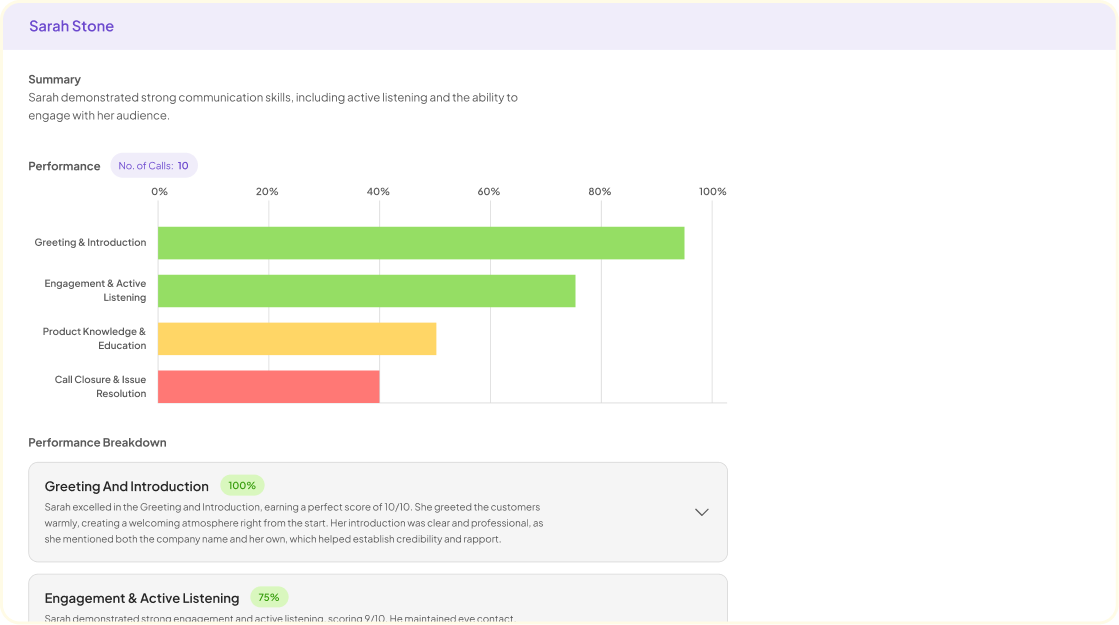Digital Emotion Insights play a crucial role in understanding how individuals feel about brands, products, or services in real-time. In today's digital world, where vast amounts of content are generated daily, capturing these emotional nuances helps businesses refine their strategies. Detailed analysis of emotions expressed online can provide significant advantages, allowing companies to respond effectively to customer sentiments and needs.
By integrating Digital Emotion Insights into online sentiment analysis, businesses can unlock deeper understandings of audience perceptions. This integration promotes more effective marketing and product development strategies while fostering a stronger emotional connection with customers. Ultimately, mastering these insights is essential for success in an increasingly competitive market.
Understanding Digital Emotion Insights
Understanding Digital Emotion Insights involves recognizing and interpreting the emotional cues present in online conversations. This understanding is crucial for businesses aiming to connect with their audience on a deeper level. By analyzing expressions from social media, reviews, and customer feedback, companies gain insights into their customers' feelings and sentiments.
The process of extracting Digital Emotion Insights relies on advanced analytics tools that help decode this emotional language. This technology can identify trends, monitor shifts in consumer sentiment, and reveal underlying motivations behind customer behaviors. Such insights not only inform marketing strategies but also enhance product development and customer service.
To fully harness the power of Digital Emotion Insights, consider the following steps:
- Data Collection: Gather data from various online sources such as social media, forums, and customer reviews.
- Sentiment Analysis Tools: Utilize tools that specialize in analyzing the emotional tone of text.
- Pattern Recognition: Identify recurring themes or sentiments that emerge from the data.
- Actionable Insights: Translate findings into strategic actions for marketing, product enhancement, or customer support.
By following these steps, businesses can create more personalized experiences that resonate with customers, ultimately fostering loyalty and trust.
Definition and Importance of Sentiment Analysis
Sentiment analysis is the process of interpreting emotions from textual data. This technique allows organizations to gauge public opinions, sentiments, and attitudes toward products, services, or brands. By analyzing online reviews, social media posts, and other forms of communication, businesses can extract valuable insights into customer feelings. Digital Emotion Insights provide companies with a clear perspective on how consumers feel, enabling data-driven decisions that enhance customer satisfaction.
The importance of sentiment analysis lies in its ability to inform strategic actions. Understanding consumer sentiment can lead to improved product development, more effective marketing campaigns, and enhanced customer engagement. Additionally, by responding to negative sentiments promptly, businesses can mitigate potential crises and build stronger relationships with their audience. In an era where consumer feedback is abundant, utilizing sentiment analysis is vital for staying competitive and relevant in the marketplace. Companies that harness these insights are better positioned to adapt and thrive, ultimately leading to sustained growth and success.
How Digital Emotion Insights Transform Businesses
Digital Emotion Insights can dramatically reshape how businesses understand their customers. By tapping into the emotional triggers behind consumer behavior, companies can create more targeted marketing strategies and personalized experiences. This approach allows for a deeper connection with customers, driving brand loyalty and engagement.
Insights derived from online sentiment analysis reveal not only what customers are saying but how they feel. Businesses can identify exact moments when emotions influence decisions, providing a roadmap for engagement. Emotions often dictate purchasing decisions, so understanding them is indispensable for developing effective products and services. Companies that integrate these insights into their operations can respond swiftly to customer needs and preferences, thereby fostering stronger relationships and a competitive edge.
Ultimately, the road to transformation lies in recognizing the power of Digital Emotion Insights. Firms open to this knowledge will likely see improved customer satisfaction and enhanced brand reputation.
Tools and Techniques in Digital Emotion Insights
Digital Emotion Insights rely on various tools and techniques designed to capture and analyze human feelings expressed online. These methods employ advanced algorithms and natural language processing to examine text, audio, and visual data. Popular sentiment analysis tools often provide metrics that quantify emotional responses, allowing users to glean meaningful patterns from large data sets.
Key techniques in this field include machine learning models that adapt over time to improve accuracy. Additionally, integrating customer feedback into insights helps businesses refine their strategies. Text analytics can reveal underlying emotions hidden in social media posts or reviews, while visual sentiment analysis explores emotional reactions in image or video content. By utilizing these tools, organizations can transform raw data into actionable insights that inform decision-making and enhance customer engagement.
Selecting the Right Sentiment Analysis Tools
Selecting the right sentiment analysis tools requires careful consideration of various factors that influence effectiveness. First, ensure that the tools you choose align with your business needs and objectives. The features and capabilities of each tool can vary widely, so it's essential to evaluate them against your requirements for Digital Emotion Insights. Look for solutions that offer accurate sentiment detection and can analyze multiple data sources, such as social media, reviews, and surveys.
Next, consider the user-friendliness of the tools. A complex interface can hinder effective use, so tools that are intuitive and easy to navigate will facilitate quicker adoption and usage. Reliability and support are also crucial; choose a provider with a good reputation for customer service. Finally, if possible, utilize trial versions to test how these tools operate before making a commitment. This thoughtful approach will help you select a sentiment analysis tool that truly meets your needs.
Enhancing Accuracy through Advanced Techniques
To enhance accuracy in sentiment analysis, employing advanced techniques is crucial for deriving Digital Emotion Insights. Techniques such as natural language processing (NLP), machine learning, and deep learning can significantly refine sentiment interpretation. These technologies analyze vast amounts of unstructured text, enabling the identification of nuanced feelings that basic methods might overlook.
Additionally, implementing feature extraction methods can improve the quality of insights gathered. Features such as word embeddings and sentiment lexicons allow for a more granular understanding of language contexts. Furthermore, utilizing ensemble learning techniques can yield a stronger predictive model by combining predictions from multiple algorithms, minimizing biases, and increasing accuracy. Ultimately, these advanced approaches empower businesses to transform raw customer feedback into actionable strategies, ensuring a competitive edge in today’s data-driven landscape. Through continuous refinement and integration of these techniques, the accuracy of sentiment analysis will profoundly improve, unlocking the true value of Digital Emotion Insights.
Conclusion: Leveraging Digital Emotion Insights for Success
The potential of Digital Emotion Insights lies in understanding consumer feelings and thoughts as they interact with brands online. This rich emotional data can transform standard analytics into powerful strategy drivers, enabling companies to design better products and communicate more effectively. By interpreting sentiments shared on social media and reviews, organizations can adjust their approaches to meet customer expectations and foster loyalty.
Integrating insights from emotional data can lead to more targeted marketing campaigns and improved customer engagement. The ability to perceive and respond to the emotional landscape of your audience empowers businesses to address pain points and create meaningful connections. Ultimately, harnessing these insights paves the way for success in a competitive digital environment.


